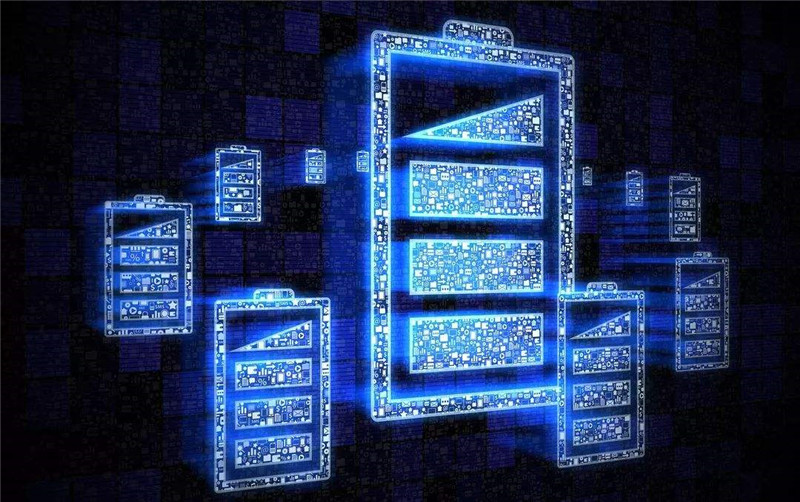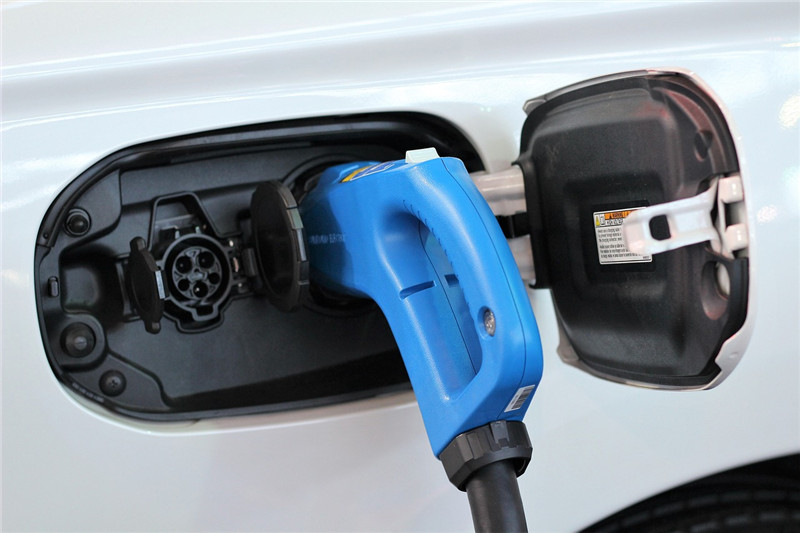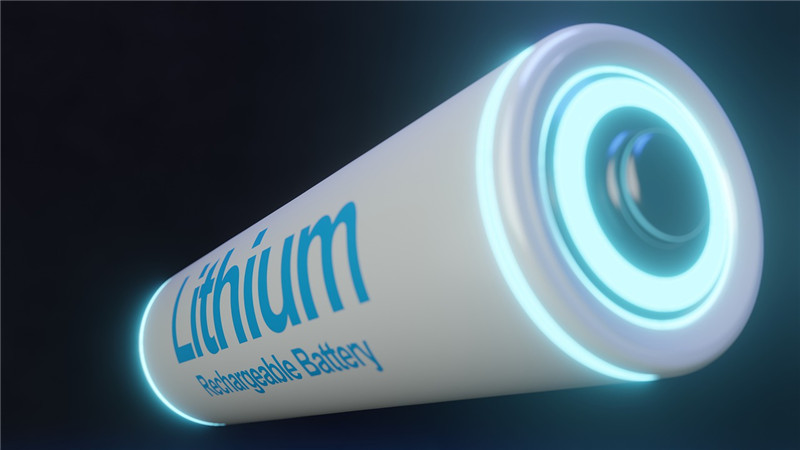In recent years, lithium-ion batteries have emerged as a vital technology in the transition towards renewable energy sources and electric vehicles (EVs). The ever-increasing demand for more efficient and affordable batteries has spurred significant developments in the field. This year, experts predict several breakthroughs that could revolutionize the capabilities of lithium-ion batteries.
One notable advancement to keep an eye on is the development of solid-state batteries. Unlike traditional lithium-ion batteries that utilize liquid electrolytes, solid-state batteries employ solid materials or ceramics as electrolytes. This innovation not only increases energy density, potentially extending the range of EVs, but also reduces charging time and improves safety by minimizing the risk of fire. Prominent companies like Quantumscape are focusing on solid-state lithium-metal batteries, aiming to integrate them into vehicles as early as 2025[1].


While solid-state batteries hold great promise, researchers are also exploring alternative chemistries to address concerns about the availability of key battery materials such as cobalt and lithium. The quest for cheaper, more sustainable options continues to drive innovation. Furthermore, academic institutions and companies worldwide are working diligently to enhance battery performance, increase capacity, accelerate charging speeds, and reduce manufacturing costs[1].
Efforts to optimize lithium-ion batteries extend beyond electric vehicles. These batteries are finding applications in grid-level electricity storage, allowing for better integration of intermittent renewable power sources like solar and wind energy. By leveraging lithium-ion batteries for grid storage, the stability and reliability of renewable energy systems are significantly improved[1].
In a recent breakthrough, scientists at Lawrence Berkeley National Laboratory have developed a conductive polymer coating known as HOS-PFM. This coating enables longer-lasting, more powerful lithium-ion batteries for electric vehicles. HOS-PFM simultaneously conducts both electrons and ions, enhancing battery stability, charge/discharge rates, and overall lifespan. It also serves as an adhesive, potentially extending the average lifetime of lithium-ion batteries from 10 to 15 years. Furthermore, the coating has shown exceptional performance when applied to silicon and aluminum electrodes, mitigating their degradation and maintaining high battery capacity over multiple cycles. These findings hold the promise of significantly increasing the energy density of lithium-ion batteries, making them more affordable and accessible for electric vehicles[3].
As the world strives to reduce greenhouse gas emissions and transition to a sustainable future, advancements in lithium-ion battery technology play a pivotal role. The ongoing research and development efforts are driving the industry forward, bringing us closer to more efficient, affordable, and environmentally friendly battery solutions. With breakthroughs in solid-state batteries, alternative chemistries, and coatings like HOS-PFM, the potential for widespread adoption of electric vehicles and grid-level energy storage becomes increasingly feasible.

Post time: Jul-25-2023




